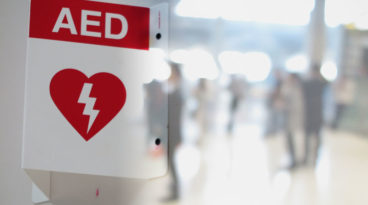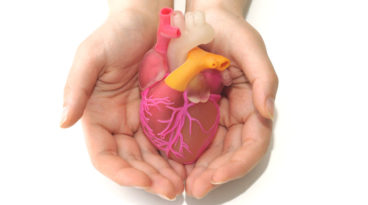
Our West Palm Beach campus is proud to announce that its Associate Degree in Nursing program has been granted initial accreditation from ACEN.


![]()
Becoming an ACLS and PALS-certified provider in Florida means that you also need to keep up with your renewal and stay current.
Read more
![]()
Healthcare providers are often required to obtain ACLS (Advanced Cardiac Life Support) certification for their employers.
Read more
![]()
Did you know that HCI offers American Heart Association instructor courses? If you have been interested in teaching Basic Life Support (BLS), Advanced Cardiac Life Support (ACLS), and Pediatric Advanced Life Support (PALS), you can get certified as an instructor by enrolling in an AHA course at Health Career Institute.
Read more
![]()
More and more hospitals are requiring their nurses, EMTs, and Paramedics to have an ACLS provider card. This credential serves as an indicator of the healthcare provider’s ability to provide a particular set of life-supporting care.
Read more
![]()
When you are looking to increase your skills as a healthcare provider, getting additional certifications can give you an advantage in the field.
Read more
![]()
Getting an ACLS certification in Florida is a great step for your career as a healthcare provider. You can enroll for the courses online and attend sessions at an Authorized Training Center for the American Heart Association. HCI offers these courses to prepare you for the field.
Read more
![]()
Whether you want to become a nurse, firefighter, EMT, or Paramedic, an additional certification in BLS and ACLS from the American Heart Association will benefit your career. Health Career Institute offers both certification courses.
Read more
![]()
For Emergency Medical Professionals and Registered Nurses, getting additional certifications in BLS (Basic Life Support) and ACLS (Advanced Cardiac Life Support) from the American Heart Association supplements your education and prepares you to handle a cardiac emergency.
Read more
![]()
Medical professionals must keep updated on current techniques for saving lives. The science behind the techniques sometimes changes as we learn more about how to keep patients alive and as we develop new technologies.
Read more